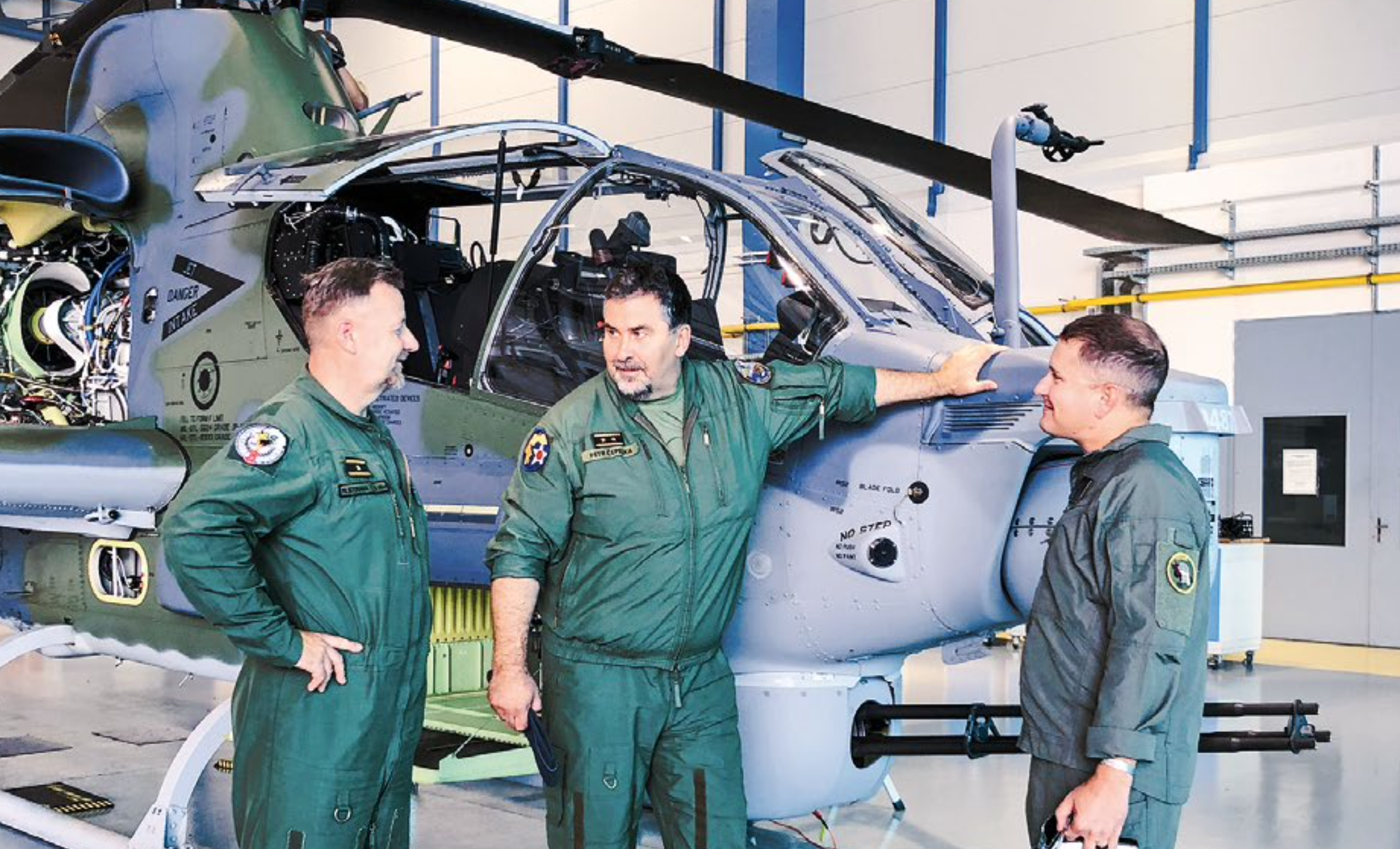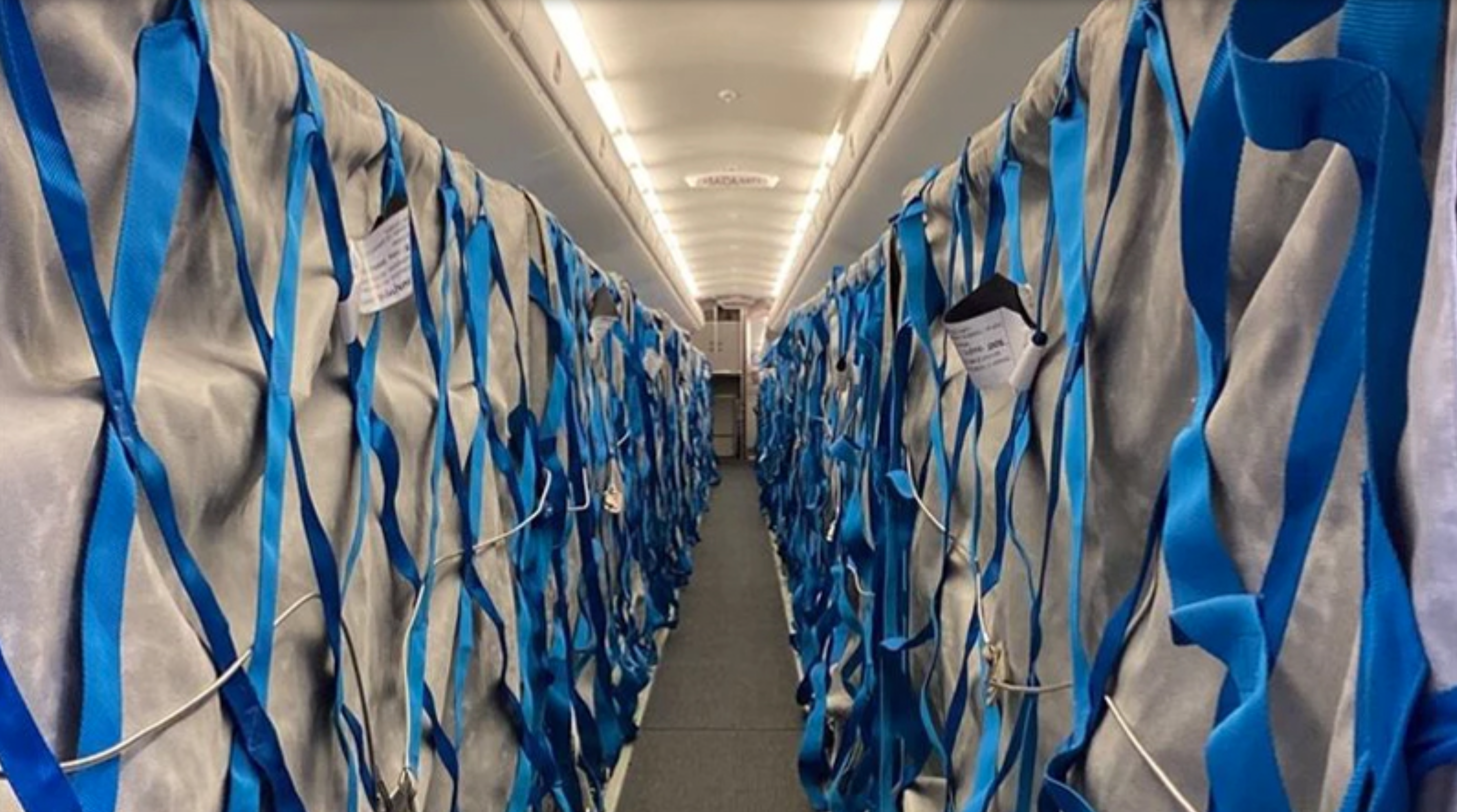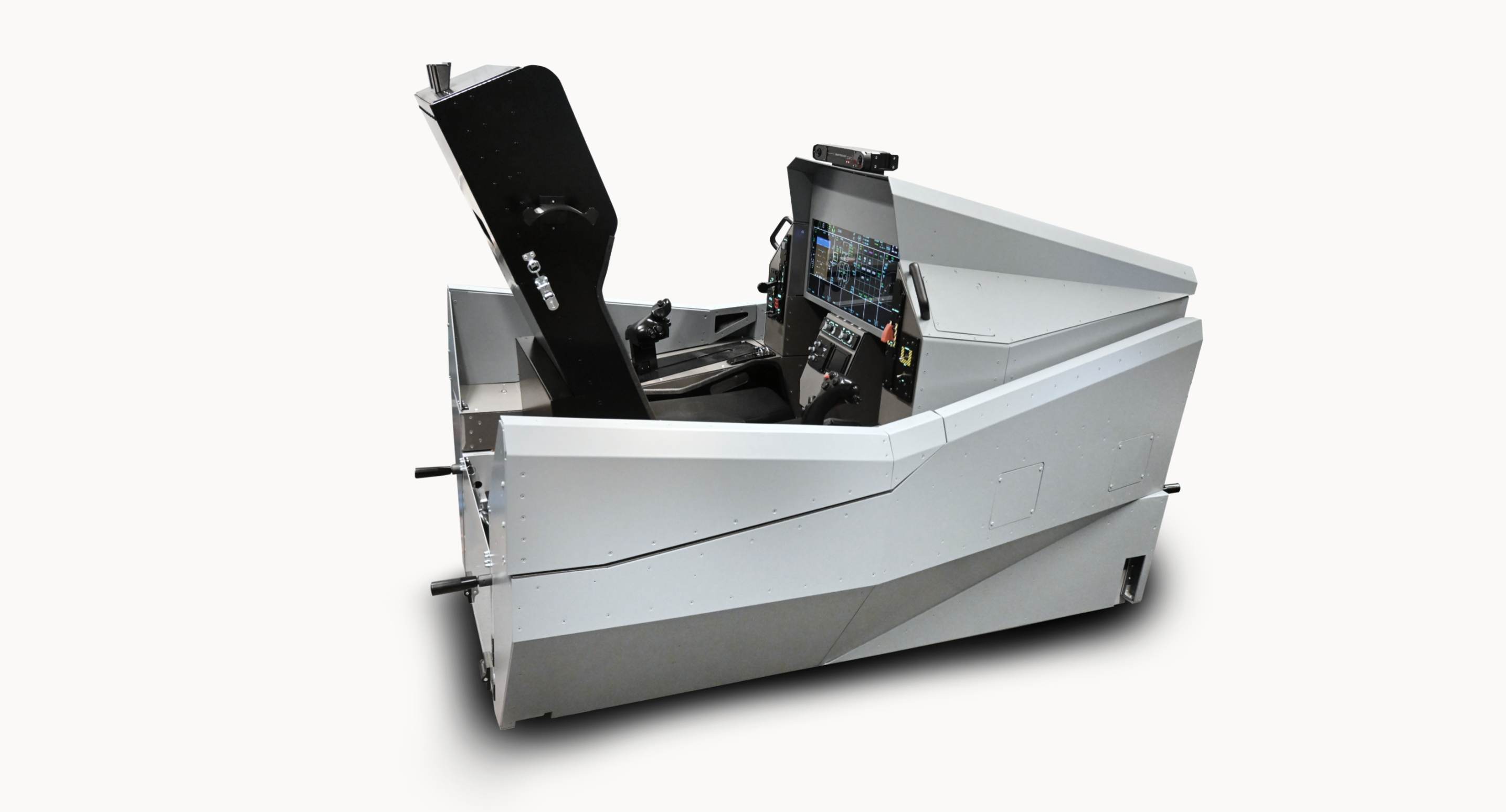COVID-19 grounded 8,500 airliners
The global pandemic is raising concerns about the survival and longterm profitability of airports, aircraft maintenance, especially when fleets are grounded for an extended period of time, as well as about aviation industry manufacturers.
With many countries introducing temporary travel restrictions and border closures, the aviation industry has been thrust into a period of prolonged turbulence. By the end of March, approximately 8,500 airliners were grounded globally, flight schools and pilot training had come to a halt, and major airports had turned into mass parking lots for idle aircraft. Many are describing this as the most significant challenge ever seen by the global aviation business, even worse than the impact caused by the September 11 attacks, which led to a 30% drop in air travel globally in the year following.
Another factor that comes into play are the risks associated with mass accumulation. Some airports have hundreds of grounded airplanes parked on-site waiting for travel restrictions to be lifted and for air travel to pick back up. That accumulation exposes aviation insurers to significant one-off loss events, like tornadoes, hailstorms, terrorist attacks, which could cause potentially billions of dollars of damage in one go.
Hardening of aviation insurance marketplace
These unprecedented challenges for the global aviation industry have come at a tricky time for aviation insurers. The industry has suffered significant losses in recent years – most notably the grounding of the Boeing 737 Max airplanes following two deadly crashes. Throughout 2019 and the beginning of 2020, the global aviation insurance marketplace hardened up quite significantly, with insurers trying to return their balance sheets to a healthy place and maintain profitability. The situation surrounding COVID-19 will likely slow those efforts down considerably.
When massive fleets of aircraft are grounded, the insured airlines typically request one of two things. They either request ground breaks, which typically means paying lower insurance premiums, or they ask for some sort of lay-up credit. That will impact the aviation insurance marketplace by lowering the amount of available premium. And it goes much further than just the fleets.
On a case-by-case basis, insurers may sometimes agree to premium credits on aircraft hull and liability insurance policies. The actual credits, (if any), are typically a percentage (e.g. 30-50% of the annual premium, prorated for the actual number of days on lay up or ground status, subject to a minimum number of consecutive days out of service) of the annual ground and flight insurance premium. Credits are obtained through retrospective premium lay-up credits or by placing aircraft on ground not in motion or ground not in flight status.
Aviation manufacturers entered a slump
There are downstream COVID-19 effects on thousands of other aviation businesses, including those who manufacture parts for aircraft, manufacture components, repair components, repair engines, and so on. Much lower revenues across the board provide a lower rating basis for the insurers.
Simultaneously, the insurers looked at the cost of larger aircraft partial hull losses e.g. bird strike, runway excursion, taxiing incidents. The average size of the claims has risen by between 32 % and 133 % depending on the type of loss.
To understand the reasons behind it, it is necessary to look at the way aircraft and components are manufactured today and the way in which practices in the industry have changed.
For older aircraft, the issue is often the availability of spare parts because manufacturers today keep very little parts inventory on hand. This means a replacement part may have to be remanufactured at a very high cost. Additionally, the availability of certified refurbished parts has become much more limited as many manufacturers are reluctant to accept repairable damaged parts in exchange for discounted new parts.
On modern aircraft, however, the biggest factor pushing up costs is technological progress. Most people are aware that repairs to components made from composite materials can be much more complex and expensive than to those made from traditional materials like aluminium. In fact, where the damage requires special tooling or proprietary bonding techniques, there may be no option available for repair other than to contract with the OEM (Original Equipment Manufacturers). As an example, a wing tip repair on a “classic” metal airliner would not typically exceed $50,000. The same repair on the latest carbon fibre wing tips can easily cost $1.5 million.
Repair costs inflation
For instance, many newer engine compressors are cast as one unit (blades included) and unrepairable damage to any area means the entire unit must be replaced at significant cost. Additionally, the composite materials used in modern engines are, generally speaking, more expensive than the traditional materials they replace. Newer engines are also being built to tighter tolerances. Consequently, it takes less damage to cause an internal engine component to fall beyond repairable limits set by the manufacturer. When this occurs, a full replacement of the damaged component is required. The new-generation aircraft engines used in airline applications can cost upwards of $38 million. While extensive repairs may be possible given the high value of the engines, operators are sometimes reluctant to undertake them, preferring to replace the damaged engine instead.
For insurers, this unstoppable rise in repair costs ultimately must be reflected in the premiums charged for hull coverage, the deductibles that apply or a combination of the two. On the other hand, for aircraft operators, FBOs and ground handlers, investment in loss prevention measures increasingly looks like money well spent, whether in training and awareness initiatives or in the purchase of technology such as proximity sensors on ground service vehicles. At the end of the day, prevention beats cure any way you look at it.
Freeze in general aviation aircraft transaction
There was a freeze in all aircraft sales in general aviation in the first weeks of the pandemic. One of the trends that COVID-19 really showed during this time was the reduction in the price of very long-range aircraft. It started with the G550 market and affected virtually all very long-range aircraft competing with it. Prices have fallen by 20 % since the beginning of the pandemic, a shocking devaluation. This situation has arisen as a result of several circumstances, but we expect this price reduction to continue for smaller aircraft.
The cooling of aircraft sales has now softened, and we see that a number of aircraft sales are taking place. While most aircraft, especially in Europe, are purchased as personal property, they are most often used for business flights. We have observed that many operators, not only worldwide, but also in the Czech Republic, have registered a much higher demand for charter services for personal flights over the summer than they expected, with quite a large part of this demand coming from clients who have used this service for the first time.
Business Jet operation is expanding
People have come to realize that sometimes they can’t get where they want to go, unless they travel by private jet. It is all about the business customers’ needs. They need to keep traveling and the crisis has presented them with some amazing opportunities. Furthermore, after the brief pause, they must work to restore their weakened business relations. They have mostly been traveling business class, but since this way of flying is presently severely limited and other alternatives like train or boat are not an option, they have no choice but to explore private plane travel.
COVID-19, unlike any other event in recent history, has attracted a large number of new customers to the private jet sector. We hope that the discovery of the benefits of private flying will appeal to new clients and that they will continue to use private aircraft for many years to come.
Experienced Insurance brokers support their clients
The new coronavirus is causing massive business disruption globally, as day-to-day aerospace business activities slow down, and, in some cases, come to a complete stop. Understanding the scope and limitations of aerospace insurance policies is key to knowing how to proceed during this uncertain time.
It is unlikely that we, Insurance brokers, will witness a change in the current market rating environment. Changing market and increased pricing can be difficult for aviation Insurance buyers to understand and plan for. From an Insurance broker´s perspective, it is important to understand that the changes we have seen in the market environment have been driven largely by the unprofitability of the business over a number of years following more than a decade of shrinking premiums and sustained losses. The poor performance of the aviation Insurance industry in recent years is highlighted by the number of capacity withdrawals and underwriting job losses we have witnessed, particularly in the past 24 months, which has resulted in a reduction of insurer capacity.
Indeed, 2019 became one of the most costly-loss years in aviation insurance history with total annual claims in the majority of segments having equalled or exceeded overall premium income. Unfortunately, the first quarter of 2020 has provided little reprieve and we have witnessed further major losses. Insurers will point out that they are under their own pressures to improve underwriting profitability or face potential closure or withdrawal of capital.
RENOMIA and Gallagher are well prepared
While a changing market comes with its challenges, for an experienced Insurance broker, it should also present an opportunity in which to really demonstrate the strength, value and expertise it brings to its clients. We at RENOMIA and Gallagher are committed to advocating for our customers by sharing relevant information and maintaining partnership.
Our Aerospace team is made up of some of the most experienced Insurance practitioners in the industry who have decades of first-hand experience in navigating the most challenging market conditions and delivering results. We are confident that we can really demonstrate our abilities and value in this current testing environment, and we come prepared with some great strategies, innovative solutions and tools on hand to mitigate cost for our clients.
Text: Hana Kulhová, Head of Aviation Department, RENOMIA
Photos by: RENOMIA archive, free open sources










